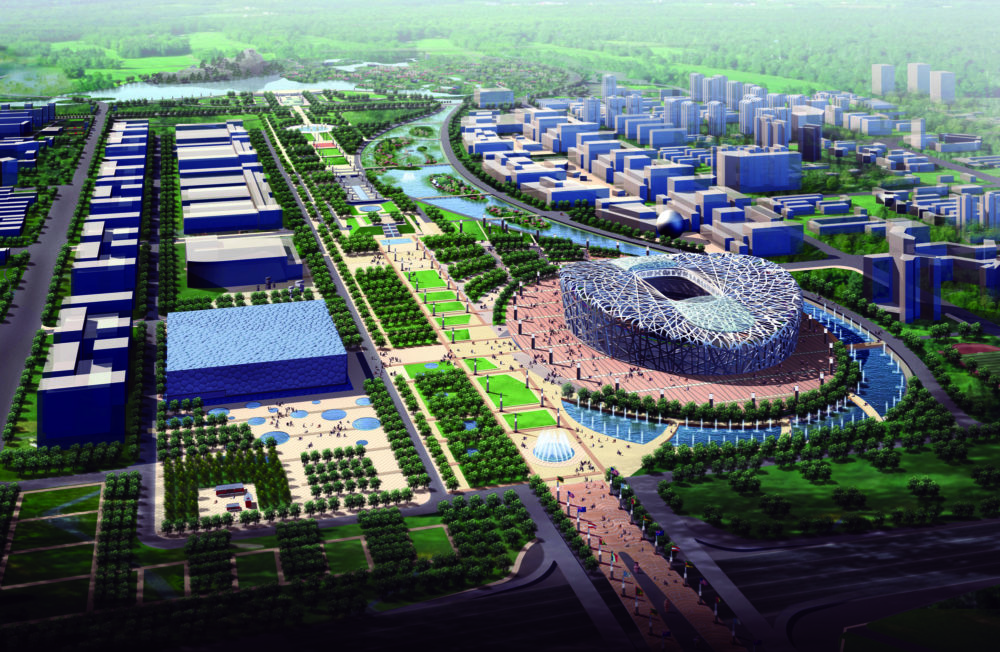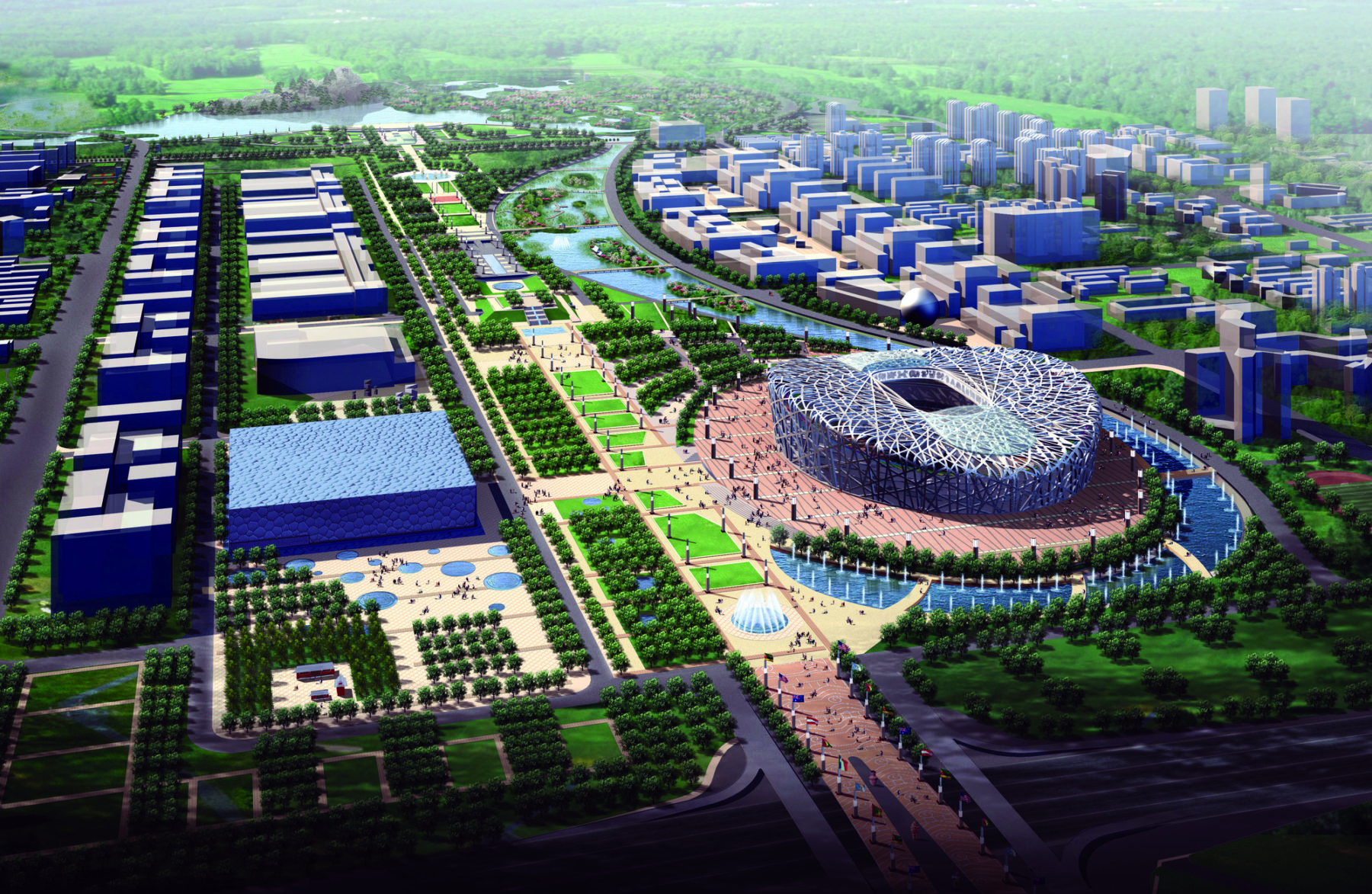
2008北京奥林匹克公园
中国北京
 Sasaki
Sasaki

At the ULI Fall Meeting in Denver this week, Sasaki principal Michael Grove will be speaking on a panel entitled “The Olympics: Past, Present, and Future” which will explore how the Olympic Games can benefit host cities in years following the games.
Winning the coveted title of host city for the Olympic Games is something of which many cities dream. It is an opportunity to showcase the best attributes of your community and your culture to the world—but also offers potential for an economic boon from construction and the influx of tourists. Olympic host cities have often invested in the necessary infrastructure for the games (stadia, etc.), many of which long outlive the games and become a part of the fabric of the city. In this millennium, however, host cities Beijing and London have used the Olympics as an opportunity to benefit the greater city. With the Olympics as a vehicle for investment, growth, and evolution, the games become a catalyst for bolder ideas about how people interact with the city.
London is an excellent example of a city using the Olympics as a platform for the redevelopment of a previously underutilized area. In East London, investment in the games is transforming the neighborhood, and hopefully creating a legacy for the area’s continued growth. In cities of developing nations, however, the impact can often be far greater. In Beijing, the city added world-class sports facilities, but also made huge investments to build new transit lines and public parks that will be a part of city for generations to come.
Sasaki’s master plan for the Beijing Olympics demonstrates how the investment generated from hosting the games can help to inform the transformation of the city. Beijing’s Olympic Green was strategically designed to be highly integrated with the existing urban fabric of the city. This simple yet powerful move ensured that it was a part of the identity of Beijing, and not a temporary development that would be forgotten or abandoned after the Olympic torch was extinguished. Post-Olympic development was also a critical consideration, and these projects continue to be implemented today. New museums, conference centers, office buildings, and commercial uses are creating urban infill around the Olympic Green site.
One of the greatest legacies of the Beijing Olympics was construction of the Olympic Forest Park, which is one of Beijing’s largest public parks. This green space has become a transformative environment for the city. Historically, many of Beijing’s grand landscapes have been associated with cultural or historic monuments. Public landscapes tend to be smaller, immersed within neighborhoods. Ending the Olympic Green axis with the Forest Park was a grand civic gesture, creating a park to be enjoyed by all residents of and visitors to Beijing. In the park, recreational areas blend with more natural areas that have created new habitat within the city, and has informed a stronger sense of ecological awareness in Beijing. It has changed the mindset of what open space in a city could be.
Read more about Sasaki’s commitment to China and our new Shanghai office here.